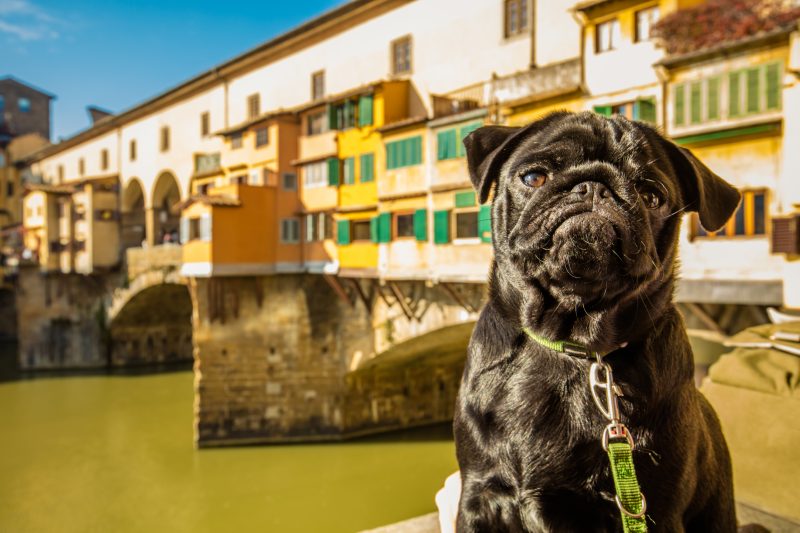Freemasonry first became official in 1717, and is a well-known yet also highly secretive brotherhood. While the organization has made a conscious effort in opening its doors to the media in recent years, the details of their ceremonies have been kept under wraps.
With all the pomp and ceremony associated with Freemasons, it’s easy to think of them as fanatically religious. However, despite their mystical symbols and rituals, the subject of God is actually downplayed.
A CBS News article from 2013 quoted Masonic historian Brent Morris. He saw Freemasonry as largely separate from religious fervor, and a brotherly alternative to the bitter conflicts being fought between groups such as Catholics and Protestants:
“(So) when the Freemasons were formed, [they] said, ‘Here’s a group of men that agree that God is central in their lives, they can even agree that God compels them to do good in the community, then they can shut up after that.’ That was a radical concept — that men could get together and agree on that fundamental level, and then get on with their lives.”
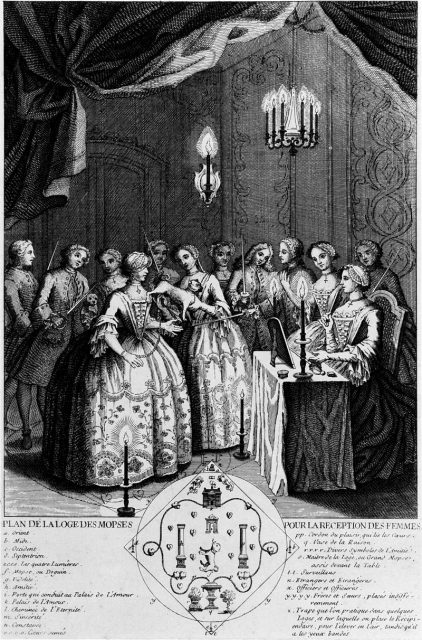
This certainly wasn’t the place for non-believers, with atheists shown the door. Even so, the Catholic Church were not impressed. They saw the fraternity as a possible breeding ground for dangerous political thought, and in 1738 Pope Clement XII banned Catholics from joining the new flock.
He did this through a decree called a “papal bull.” The name comes from the traditional lead seal used on documents, but the animal connection is important. That’s because in the same year a collective referring to itself as The Order of the Pug was formed.
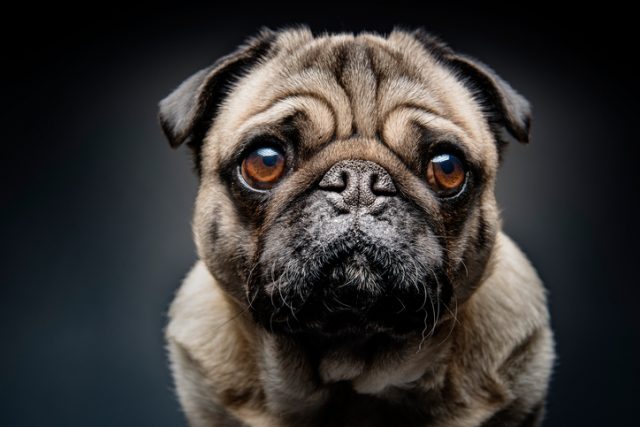
What was The Order of the Pug? It was devised by Clemens August of Wittelsbach, the Elector of Cologne, and in essence comprised of a group of Freemasons in Germany, who tweaked the format to facilitate their now-forbidden activities. The image of the pug was chosen for its qualities of loyalty, trust, and a steadfast character. All things that would come in handy when defying the wishes of the Pope!
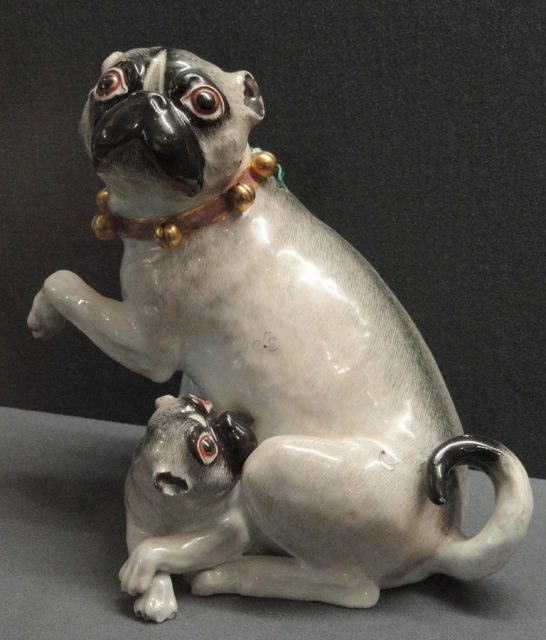
The canine connection went beyond a name. In order to become a member, or “mop” (German for “pug”), you had to talk the talk, as well as walk the walk. And by walk they meant getting down on all fours. With a collar fastened around their neck, they would paw at the entrance, before being led in and woofed at by the assembled frat.
Mysterious Ancient Societies That Disappeared into the history books.
In addition to carrying a silver Pug medallion, there was also the small matter of kissing a dog’s behind. Thankfully it belonged to a porcelain pooch rather than a real one. The Order’s methods were eccentric in some ways but surprisingly progressive in others.
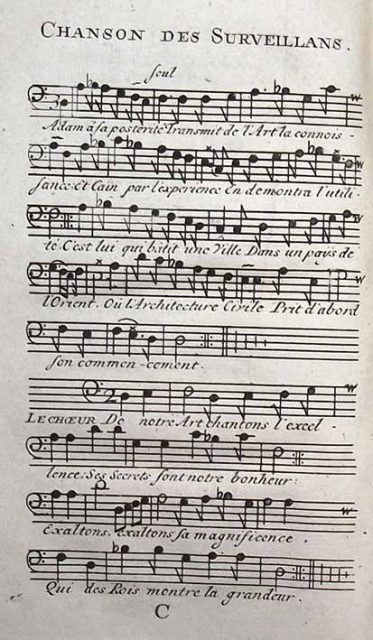
Women were allowed to be part of the organization as well as men. On the website The Masonic Trowel, the “Mopses” are described as “an androgynous, both sexes, Order,” one which “admitted females to all the offices, except that of Grand Master, which was held for life. There was, however, a Grand Mistress, and the male and female heads of the Order alternately assumed, for six months each, the supreme authority.”
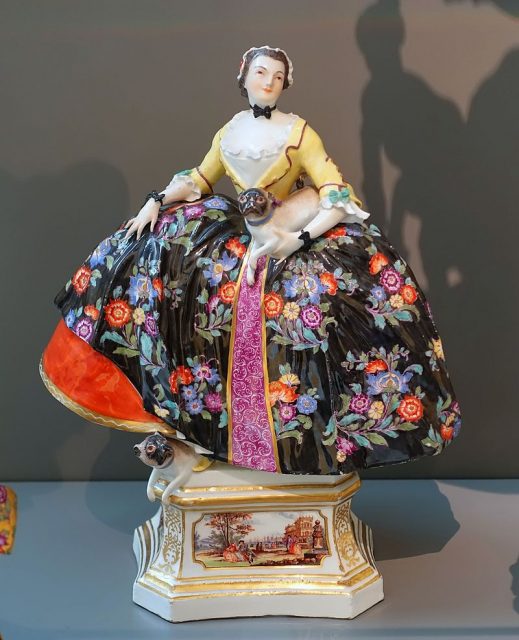
Going back to the subject of porcelain, the UK’s National Trust Collections lists a piece called ‘The Lady of the Order of the Pug’ (‘Dame von Mops Orden’), sculpted by Johann Joachim Kändler around 1745.
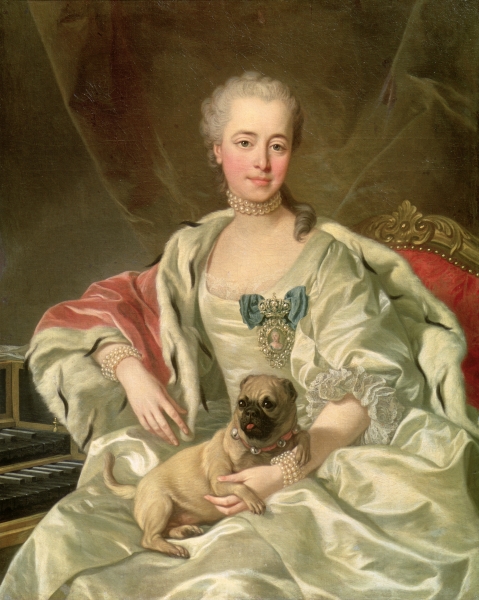
“In her arms is a pet pug with a pink collar, while another in a blue-collar, partially hidden by the woman’s voluminous skirt worn over a pannier, relaxes at her feet…. The figure of the lady was commissioned by the ‘Printzessin von Herfordt,’ Princess Henriette Amalie of Anhalt-Dessau (1720–93), an unmarried mother who had been exiled to a religious foundation for noble ladies at Herford and at the time was Canoness of Herford.”
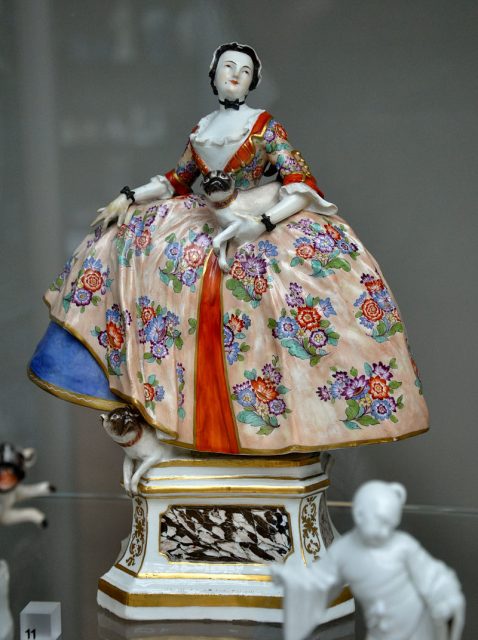
Such artistic displays indicate the Order was fairly well-known, even though Freemasons are supposed to operate in private. A book was written about them in 1745, with the catchy title of L’ordre des Franc-Maçons trahi et le Secret des Mopses révélé.
They were said to die out as attitudes toward Freemasonry changed, though some accounts claim they carried on into the early 20th century. Maybe the appearance of being defunct is a masterstroke on the part of the Order, and that even now they could be crawling around on the floor barking out future plans…
Steve Palace is a writer, journalist and comedian from the UK. Sites he contributes to include The Vintage News, Art Knews Magazine and The Hollywood News. His short fiction has been published as part of the Iris Wildthyme range from Obverse Books.
